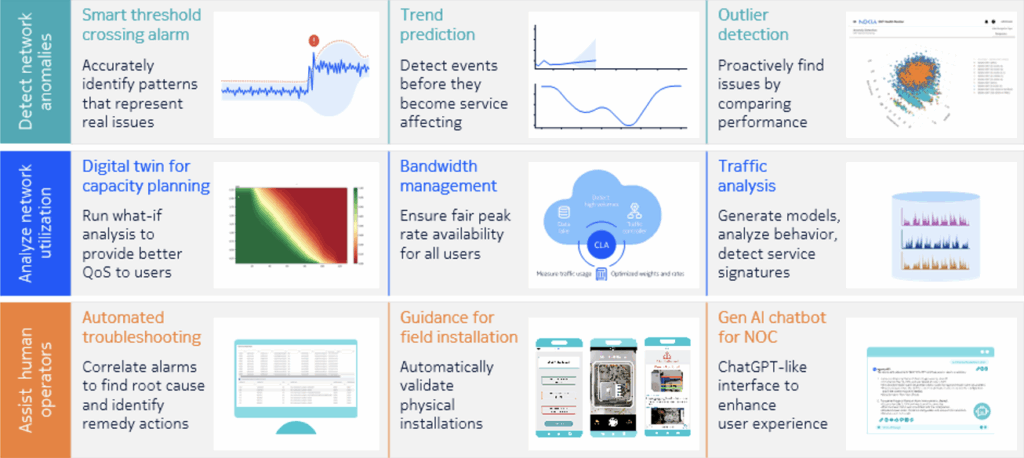
"Modern telecommunications networks are undergoing a fundamental transformation, evolving from reactive models to proactive, intelligent systems powered by artificial intelligence (AI) that can predict, prevent, and resolve issues before they impact customers. This evolution represents three distinct phases of network intelligence, each building upon the last to create increasingly sophisticated operational capabilities. Detecting Network Anomalies: The Foundation of Smart Operations The first phase focuses on detecting network anomalies through advanced monitoring systems using the current systems' tools and capabilities."
"Complementing these predictive capabilities is AI's ability to gather, coalesce, and group statistical information to detect outliers, proactively identifying issues by comparing current network performance against established baselines. This multi-layered detection approach ensures that potential problems are flagged early on before more catastrophic and impactful events occur, providing network operators with crucial lead time to address issues before customers experience service degradation."
Modern telecommunications are transitioning to proactive, intelligent AI-powered networks capable of predicting, preventing, and resolving issues before customers are affected. The first phase establishes anomaly detection using streaming telemetry, predictive analysis like threshold crossing alarms, trend prediction, and AI-driven statistical grouping to identify outliers against baselines. This multilayered detection flags early problems and gives operators lead time to prevent service degradation. The second phase adds network utilization analysis through digital twins that enable what-if simulations for planning and optimization, improving quality of service and informing expansion decisions.
Read at Telecompetitor
Unable to calculate read time
Collection
[
|
...
]